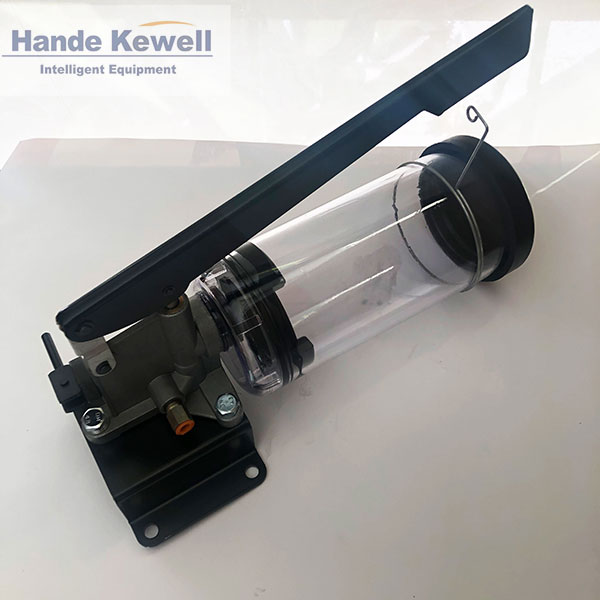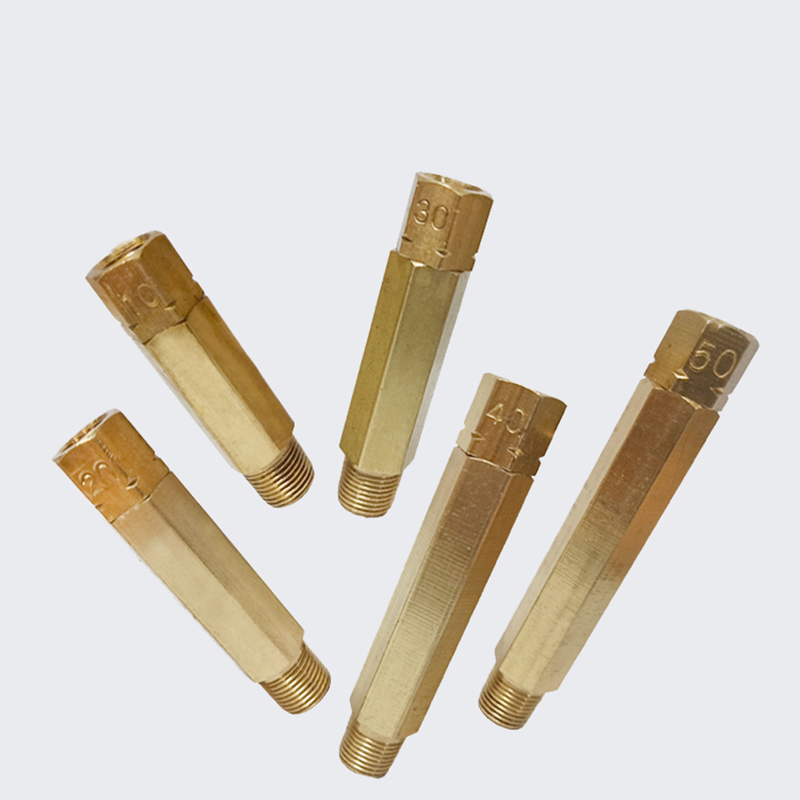Norway’s SINTEF has designed a heat storage system based on phase change materials (PCM) that can support PV generation and peak shaving. The battery’s container hosts 3 tons of liquid biowax based on vegetable oil and is now beating performance expectations at a pilot facility.
SINTEF, an independent research organization in Norway, has developed batteries based on PCM , which are able to store wind and solar power in the form of heat via a heat pump. Electric Oil Transfer Pumps

PCM can absorb, store and release large amounts of latent heat over defined temperature ranges. They have often been used at the research level for PV module cooling and the storage of heat.
“The heat battery can use any heat source as long as a fluid carries the heat to/from the heat battery,” researcher Alexis Sevault told pv magazine. “For example, district heating is also coupled to our demo unit, for more flexibility in winter. In that case, water is the heat transfer fluid, since it is very well suited for most buildings. Our technology can also be used in industrial processes, using pressure heat transfer fluid, for example, pressurized CO2 for refrigerated or freezing industrial processes.”
The scientists embedded what they described as a “bio-battery” in a silver-colored container that hosts 3 tons of a type of PCM – a liquid biowax based on vegetable oil. It is reportedly able to melt at body temperature and becomes a solid, crystalline material when it becomes “cold” below 37 C.
The heat storage system also contains a heat exchanger for heat extraction.
“This is achieved with the help of 24 so-called cushion plates that release heat to the process water which serves as an energy carrier that removes the heat from the storage system,” the scientists explained. “Together, the PCM and the plates enable the heat bank to be both compact and efficient.”
The PCM absorb large amounts of heat by changing its physical state from solid to liquid, and then releases it when the material hardens. The battery is then able to heat cold water and release it toward a building's radiators and ventilation systems, thus supplying heated air.
“The PCM-based heat storage system is delivering exactly the performance we expected,” Sevault said, noting that his team tested the device for more than a year at the ZEB laboratory operated by the Norwegian University of Science and Technology (NTNU). “We’re utilizing as much as possible of the building’s self-produced solar energy. We’re also finding that the system is very well suited to so-called peak shaving.”
According to the group's analysis, charging the bio-battery before the coldest parts of the day may help significantly reduce power consumption from the grid while taking advantage of fluctuations in the spot price.
“The system is thus much less sophisticated than a traditional battery – but it isn’t suitable for all buildings. As a new technology, investment costs remain high,” the group said.
According to Sevault, the proposed storage technology is much simpler than conventional batteries, as it does not require any rare materials, with a long expected lifetime and little need for maintenance.
“That being said, the specific cost in euros per kilowatt-hour is already comparable or lower than regular batteries, without being mass-produced yet,” he stated, without providing further details.
Other researchers at SINTEF recently developed a high-temperature industrial heat pump than can work with pure water as its work medium, and reportedly reach a temperature of up to 180 C. The machine, which the research group describes as the “world's hottest heat pump,” can be used with different industrial processes that rely on steam as an energy carrier and can reduce a facility's energy consumption by between 40% and 70%, as it enables the recovery of low-temperature waste heat, according to its creators.
This content is protected by copyright and may not be reused. If you want to cooperate with us and would like to reuse some of our content, please contact: editors@pv-magazine.com.
More articles from Emiliano Bellini
Not seeing anything here that wouldn’t be done as well or better with sand and store heat at much higher temps so both heat and power can be stored, made.
Very very very cool Very environmental friendly I like it
Please be mindful of our community standards.
Your email address will not be published. Required fields are marked *
Save my name, email, and website in this browser for the next time I comment.
By submitting this form you agree to pv magazine using your data for the purposes of publishing your comment.
Your personal data will only be disclosed or otherwise transmitted to third parties for the purposes of spam filtering or if this is necessary for technical maintenance of the website. Any other transfer to third parties will not take place unless this is justified on the basis of applicable data protection regulations or if pv magazine is legally obliged to do so.
You may revoke this consent at any time with effect for the future, in which case your personal data will be deleted immediately. Otherwise, your data will be deleted if pv magazine has processed your request or the purpose of data storage is fulfilled.
Further information on data privacy can be found in our Data Protection Policy.
Legal Notice Terms and Conditions Privacy Policy © pv magazine 2022
This website uses cookies to anonymously count visitor numbers. View our privacy policy. ×

Grease For Grease Gun The cookie settings on this website are set to "allow cookies" to give you the best browsing experience possible. If you continue to use this website without changing your cookie settings or you click "Accept" below then you are consenting to this.
